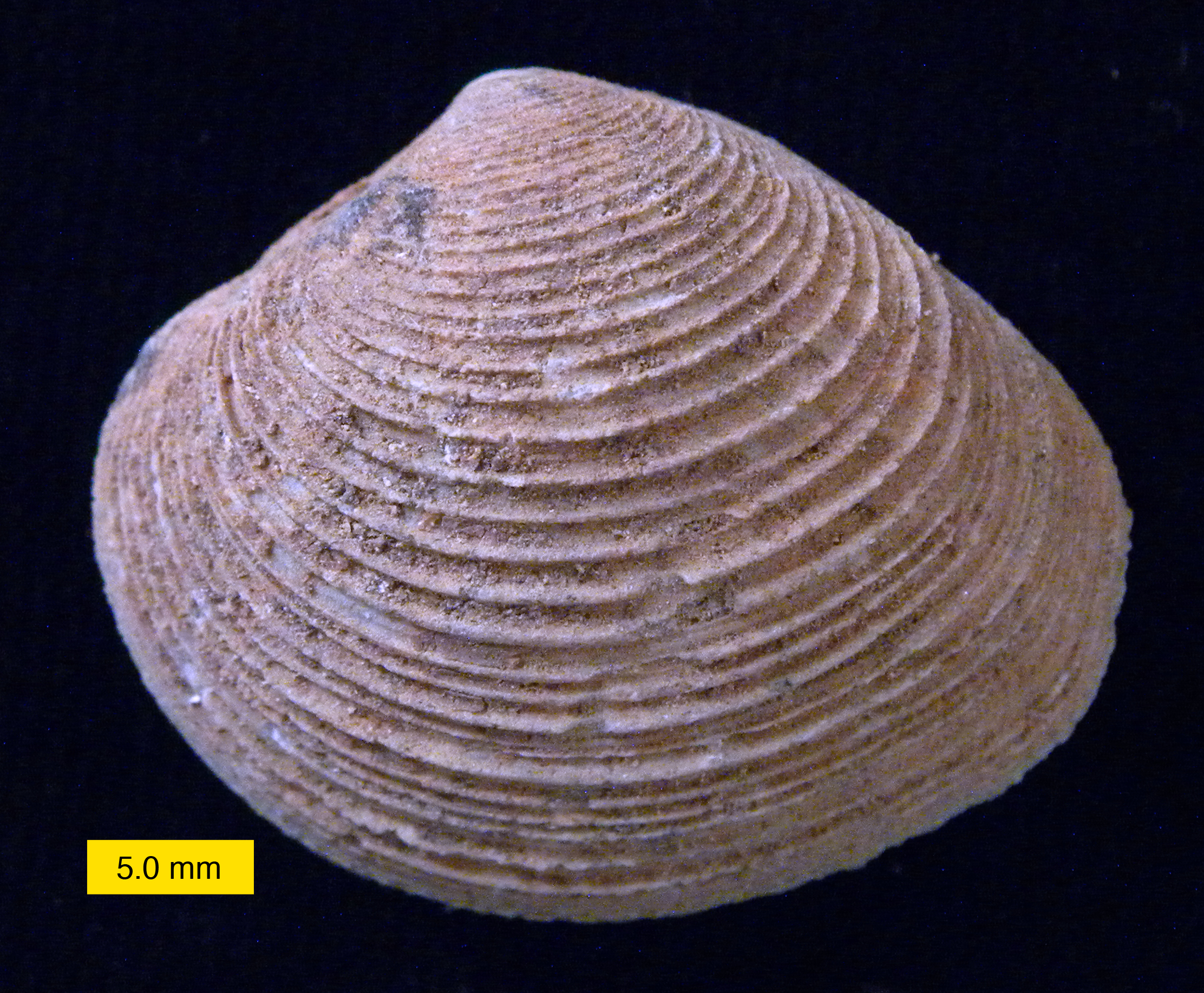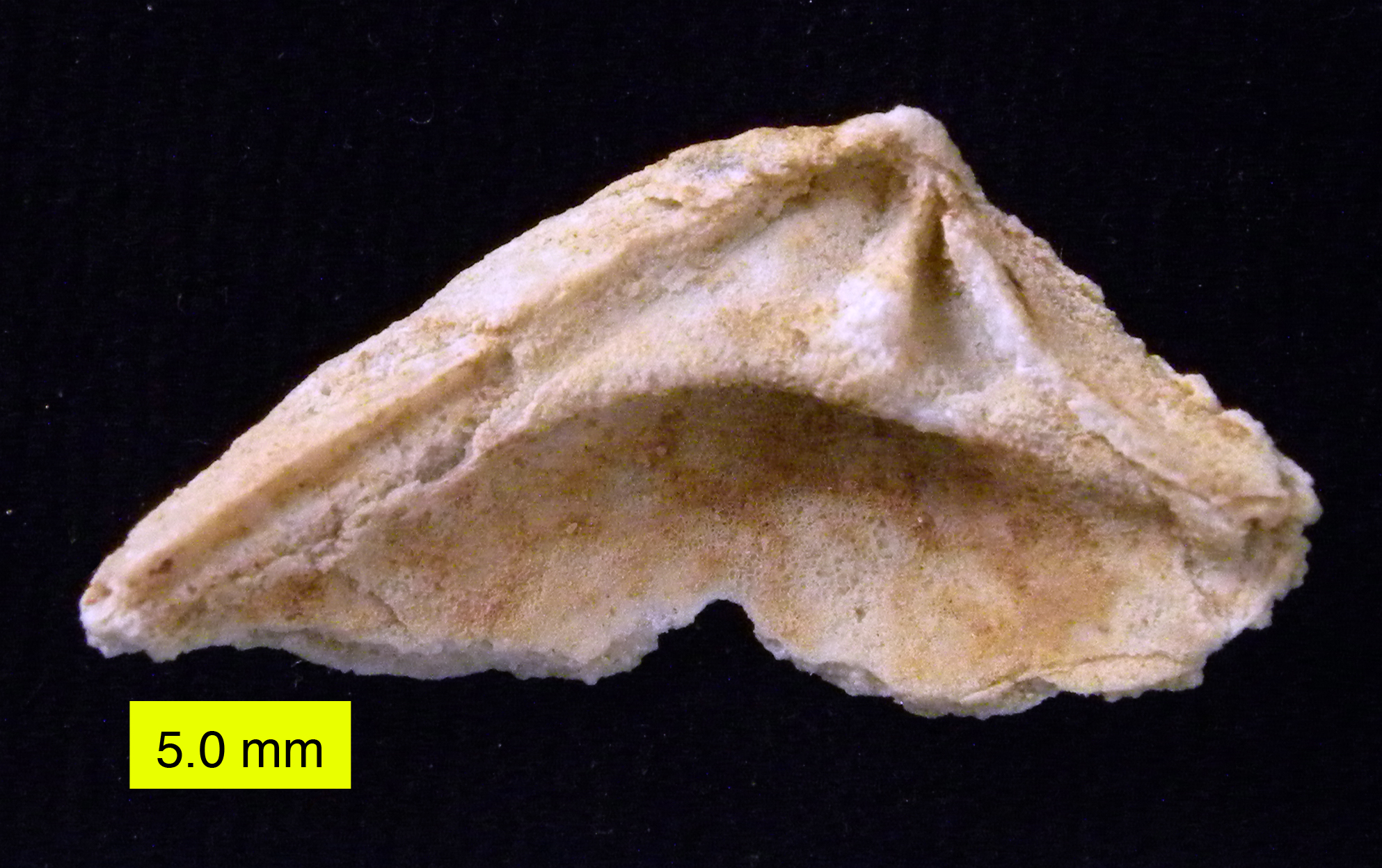Veneridae on:
[Wikipedia]
[Google]
[Amazon]
 The Veneridae or venerids,
The Veneridae or venerids,

 The following genera are recognised in the family Veneridae:
The following genera are recognised in the family Veneridae:

 Shell sculpture tends to be primarily concentric, but radial and
Shell sculpture tends to be primarily concentric, but radial and
Image:Dosinia anus (ringed dosinia).JPG, '' Dosinia anus'' from
Taxonomy on the half shell
A major project of the Chicago
Bibliography of venerid taxonomy
VENERIDAE - www.chez.com
ZipCodeZoo
{{taxonbar, from=Q1233703 Bivalve families Taxa named by Constantine Samuel Rafinesque
 The Veneridae or venerids,
The Veneridae or venerids, common name
In biology, a common name of a taxon or organism (also known as a vernacular name, English name, colloquial name, country name, popular name, or farmer's name) is a name that is based on the normal language of everyday life; and is often contrast ...
: Venus
Venus is the second planet from the Sun. It is sometimes called Earth's "sister" or "twin" planet as it is almost as large and has a similar composition. As an interior planet to Earth, Venus (like Mercury) appears in Earth's sky never fa ...
clams, are a very large family of minute to large, saltwater clams
Clam is a common name for several kinds of bivalve molluscs. The word is often applied only to those that are edible and live as infauna, spending most of their lives halfway buried in the sand of the seafloor or riverbeds. Clams have two ...
, marine bivalve
Bivalvia (), in previous centuries referred to as the Lamellibranchiata and Pelecypoda, is a class of marine and freshwater molluscs that have laterally compressed bodies enclosed by a shell consisting of two hinged parts. As a group, bival ...
molluscs. Over 500 living species of venerid bivalves are known, most of which are edible, and many of which are exploited as food sources.
Many of the most important edible species are commonly known (in the USA) simply as "clams". Venerids make up a significant proportion of the world fishery of edible bivalves. The family includes some species that are important commercially, such as (in the USA) the hard clam
The hard clam ('' Mercenaria mercenaria''), also known as the round clam, hard-shell (or hard-shelled) clam, or the quahog, is an edible marine bivalve mollusk that is native to the eastern shores of North America and Central America from Prin ...
or quahog, ''Mercenaria mercenaria''.
Taxonomy
The classification within the family Veneridae has been controversial at least since the 1930s. Molecular approaches show that much of this traditional classification is unnatural. Some common species have been moved between genera (including genera in different subfamilies) because of repeated attempts to bring a more valid organization to the classification ortaxonomy
Taxonomy is the practice and science of categorization or classification.
A taxonomy (or taxonomical classification) is a scheme of classification, especially a hierarchical classification, in which things are organized into groups or types. ...
of the family, therefore changes in the generic name of species are frequently encountered.
The characters used for classifying this group still tend to be superficial, focusing on external features, especially those of the shell. Venerid clams are characterized as bivalves with an external posterior ligament, usually a well demarcated anterior area known as the lunule, and three interlocking structures (called cardinal teeth) in the top of each valve; several of the subfamilies also have anterior lateral teeth, anterior to the cardinal teeth: one in the left valve, and two (sometimes obscure) in the right valve. The inner lower peripheries of the valves can be finely toothed or smooth.
Classification

 The following genera are recognised in the family Veneridae:
The following genera are recognised in the family Veneridae:
Description

 Shell sculpture tends to be primarily concentric, but radial and
Shell sculpture tends to be primarily concentric, but radial and divaricating
Divaricate means branching, or having separation or a degree of separation. The angle between branches is wide.
In botany
In botany, the term is often used to describe the branching pattern of plants. Plants are said to be divaricating when the ...
ornamentation (see '' Gafrarium''), and rarely spines (''Pitar lupanaria
''Hysteroconcha lupanaria'' is a species of marine bivalve mollusc in the family Veneridae
The Veneridae or venerids, common name: Venus clams, are a very large family of minute to large, saltwater clams, marine bivalve molluscs. Over 500 li ...
'' for example) occur on some. One small subfamily, the Samarangiinae, is created for a unique and rare clam found in coral reefs with an outer covering of cemented sand or mud that texturally camouflages it while enhancing the thickness of the shell. Several venerid clams have overall shell shapes adapted to their environments. '' Tivela'' species, for example, have the triangular outline of the surf clams in other bivalve families, and occur often in surf zones. Some ''Dosinia
''Dosinia'' is a genus of saltwater clams, marine bivalve molluscs in the family Veneridae, subfamily Dosiniinae Deshayes, 1853. The shell of ''Dosinia'' species is disc-like in shape, usually white, and therefore is reminiscent of the shel ...
'' species are almost disc-like in shape and reminiscent of lucinid bivalves; both types of circular bivalves tend to burrow relatively deeply into the sediment. Further reclassification is to be expected as the results of current research in molecular systematics
Molecular phylogenetics () is the branch of phylogeny that analyzes genetic, hereditary molecular differences, predominantly in DNA sequences, to gain information on an organism's evolutionary relationships. From these analyses, it is possible to ...
on the group appear in the literature.
Venerids have rounded or oval solid shells with the umbones (projections) inturned towards the anterior end. Three or four cardinal teeth are on each valve. The siphons are short and united, except at the tip, and are not very long. The foot is large.Barrett, J. H. and C. M. Yonge, 1958. Collins Pocket Guide to the Sea Shore. P. 158. Collins, London
References
* Keen, A. M. (1969). Superfamily Veneracea. pp. 670–690, in: Leslie Reginald Cox et al., Part N ivalvia Mollusca 6, vols. 1 and 2: xxxvii + 952 pp. Part of Raymond C. Moore, ed.,Treatise on Invertebrate Paleontology
The ''Treatise on Invertebrate Paleontology'' (or ''TIP'') published by the Geological Society of America and the University of Kansas Press, is a definitive multi-authored work of some 50 volumes, written by more than 300 paleontologists, and co ...
. Lawrence, Kansas (Geological Society of America & University of Kansas).
* Powell A. W. B., ''New Zealand Mollusca'', William Collins Publishers Ltd, Auckland, New Zealand 1979
Gallery
New Zealand
New Zealand ( mi, Aotearoa ) is an island country in the southwestern Pacific Ocean. It consists of two main landmasses—the North Island () and the South Island ()—and over 700 smaller islands. It is the sixth-largest island count ...
, a member of the Dosiniinae
Image:Austrovenus stutchburyi (tuangi cockle) inside.JPG, ''Austrovenus stutchburyi
''Austrovenus stutchburyi'', common name the New Zealand cockle or New Zealand little neck clam, is an edible saltwater clam, a marine bivalve mollusc in the family Veneridae, the Venus clams. Its Māori name is (North Island) or (South I ...
'' from New Zealand
New Zealand ( mi, Aotearoa ) is an island country in the southwestern Pacific Ocean. It consists of two main landmasses—the North Island () and the South Island ()—and over 700 smaller islands. It is the sixth-largest island count ...
Image:Chamelea striatula.jpg, ''Chamelea striatula
''Chamelea'' is a genus of small saltwater clams, marine bivalve molluscs in the family Veneridae, the venus clams.
Species
Species within the genus ''Chamelea'' include:
* ''Chamelea gallina
''Chamelea gallina'' is a species of small sal ...
''
Image:Irus elegans.JPG, '' Irus elegans'' from New Zealand
New Zealand ( mi, Aotearoa ) is an island country in the southwestern Pacific Ocean. It consists of two main landmasses—the North Island () and the South Island ()—and over 700 smaller islands. It is the sixth-largest island count ...
Image:Mercenaria mercenaria.jpg, ''Mercenaria mercenaria
The hard clam (''Mercenaria mercenaria''), also known as the round clam, hard-shell (or hard-shelled) clam, or the quahog, is an edible marine bivalve mollusk that is native to the eastern shores of North America and Central America from Prince E ...
''
Image:Shell Costa Rica.JPG, ''Pitar lupanaria
''Hysteroconcha lupanaria'' is a species of marine bivalve mollusc in the family Veneridae
The Veneridae or venerids, common name: Venus clams, are a very large family of minute to large, saltwater clams, marine bivalve molluscs. Over 500 li ...
'' from Costa Rica
Costa Rica (, ; ; literally "Rich Coast"), officially the Republic of Costa Rica ( es, República de Costa Rica), is a country in the Central American region of North America, bordered by Nicaragua to the north, the Caribbean Sea to the no ...
Image:Venerupis senegalensis.jpg, ''Venerupis senegalensis
''Venerupis corrugata'', the pullet carpet shell, is a species of Bivalvia, bivalve mollusc in the Family (biology), family Veneridae. It is found buried in the sediment on the sea bed in shallow parts of the eastern Atlantic Ocean. It is harvest ...
''
External links
Taxonomy on the half shell
A major project of the Chicago
Field Museum of Natural History
The Field Museum of Natural History (FMNH), also known as The Field Museum, is a natural history museum in Chicago, Illinois, and is one of the largest such museums in the world. The museum is popular for the size and quality of its educational ...
and the American Museum of Natural History
The American Museum of Natural History (abbreviated as AMNH) is a natural history museum on the Upper West Side of Manhattan in New York City. In Theodore Roosevelt Park, across the street from Central Park, the museum complex comprises 26 inter ...
on Venerid classification
Bibliography of venerid taxonomy
VENERIDAE - www.chez.com
ZipCodeZoo
{{taxonbar, from=Q1233703 Bivalve families Taxa named by Constantine Samuel Rafinesque